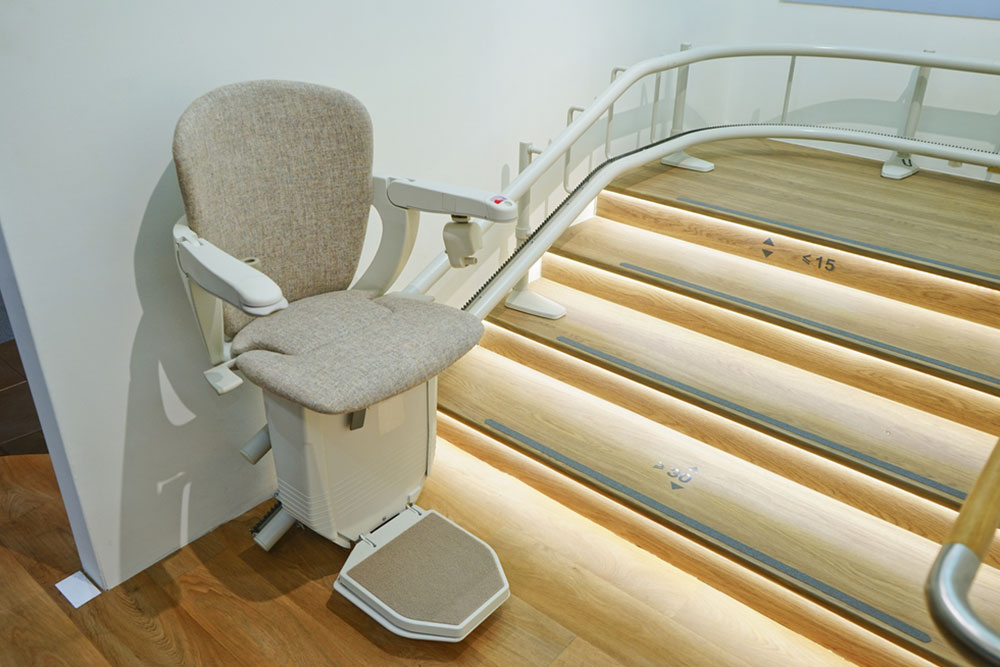Current Trends in Lift Chair Adoption and Usage
Lift chairs are no longer just for seniors; they’re increasingly popular among younger individuals for wellness and stress relief. These chairs support independence, reduce injury risks for caregivers, and are now feature-rich, appealing to a broader demographic. Both elderly users and younger consumers are benefiting from their convenience and health advantages, making lift chairs a versatile choice across age groups.

Current Trends in Lift Chair Adoption and Usage
Traditionally favored by seniors, lift chairs are now attracting a broader audience. Today’s manufacturers are appealing not only to elderly and disabled users but also to a younger demographic interested in wellness and comfort. These chairs offer benefits like independence, improved mobility, and safety, making them suitable for various needs.
Senior Citizens and Individuals with Disabilities
Lift chairs are vital for seniors and disabled individuals, providing assistance with sitting, standing, and movement. They promote independence and allow users to stay comfortably at home, minimizing injury risks.
**Assistants and Caregivers**
Lift chairs significantly ease the workload for caregivers by reducing physical strain and injury risk. When patients can manage their mobility with lift chairs, caregivers save time and effort, resulting in better care and less injury risk. Ensuring patients can independently use such chairs benefits both parties.
**Younger Consumers**
Today’s youth are also embracing lift chairs, often for stress relief or health reasons. The rise in popularity is reflected in retail stores—furniture, health outlets, electronics—where lift chairs come with features like built-in speakers and USB ports, appealing to the tech-savvy younger crowd.










